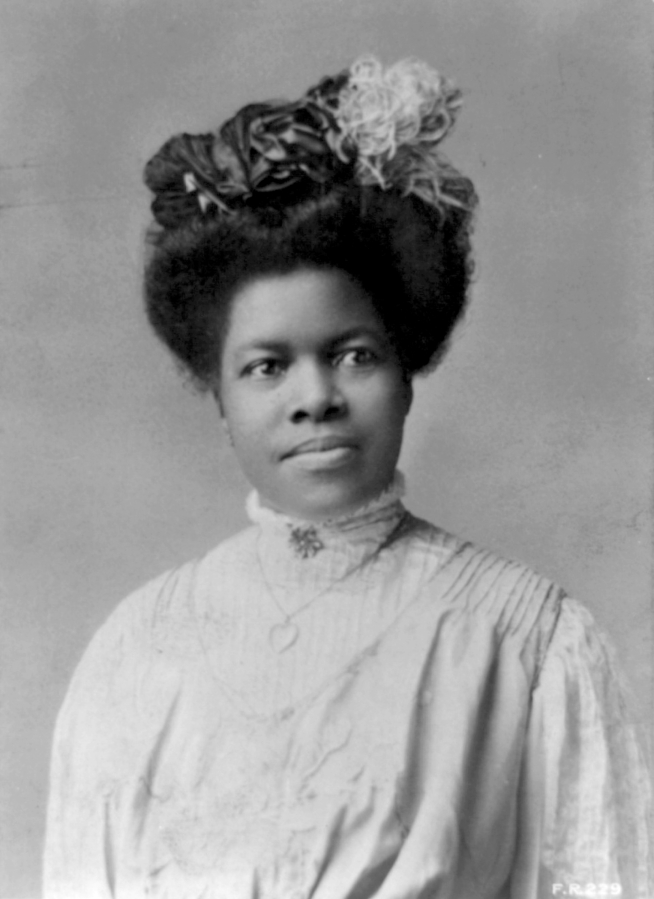For centuries of American history, marriage was both compulsory for women and tightly restricted. Socially, it was expected; and unless you were rich, it was an economic necessity. Yet marriage was also confined to heterosexual couples, and it wasn’t until the Supreme Court’s Loving v. Virginia ruling in 1967 that interracial marriages were legal all across the country.
Now, there’s a lot more freedom within marriage and without it. A life lived without marrying isn’t as unusual as it once was.
But we didn’t get here without other unmarried women paving the way. Here are some accomplished and fascinating women who just happened to never legally tie the knot — proving that marriage isn’t absolutely essential to a full life.
As journalist Rebecca Traister points out in her book “All the Single Ladies,” our nation’s early unmarried women weren’t all without meaningful relationships or long-term companions. But for various reasons, they eschewed expectations by not entering “an institution built around male authority and female obeisance.” (Inspiration for this list comes from Traister’s book and my Washington Post colleague Julia Carpenter’s A Woman to Know newsletter.)



